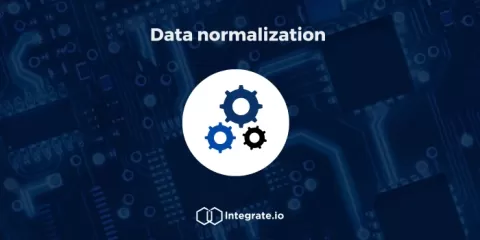AI Data Management: Best Practices & Tools
Artificial Intelligence (AI) is transforming the way businesses manage, process, and analyze data. AI Data Management involves the use of machine learning (ML), automation, and intelligent data pipelines to enhance data storage, governance, integration, and security. As organizations deal with ever-growing datasets, AI-driven data management solutions ensure efficiency, scalability, and accuracy.











